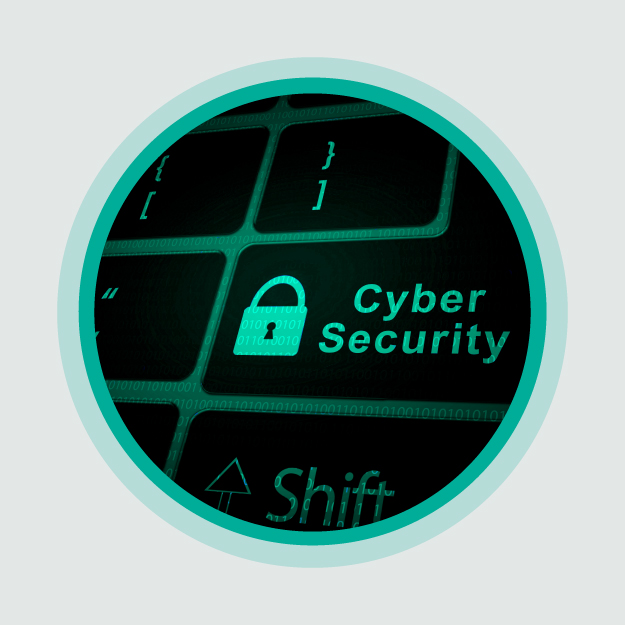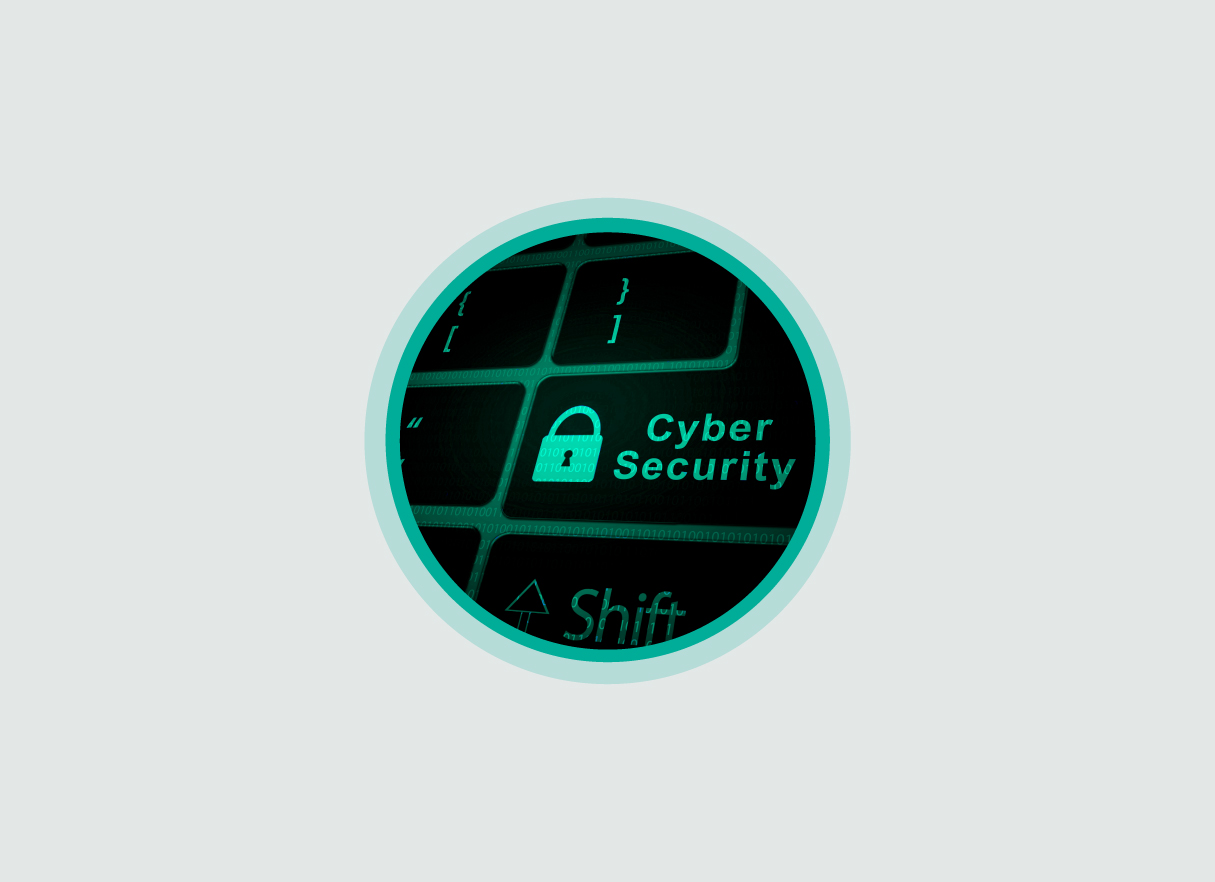As organizations adopt zero trust architectures, there’s one key area that seems to be overlooked: the content layer. And yet, security vulnerabilities at this layer pose significant, and extremely common threats. In fact, research reveals that a large portion of companies share sensitive content with over 2,500 third parties and use multiple tools for content communications.
Given the vulnerable nature of content exchange, it’s important to extend zero trust principles right down to the emails, documents, and files that we all share every day. But there are reasons why organizations do not do this regularly. For example, enforcing access rights can be tricky, especially in large organizations or companies with significant turnover. Tracking and monitoring every file type is impossible, as is adequately classifying every type of content.

Forcepoint’s new partnership with Kiteworks, a leader in data privacy and compliance for sensitive content communications, changes everything. Together, we’ve developed the industry’s most powerful solution for true zero trust security at the content layer. It combines Forcepoint’s Content Disarm & Reconstruction (CDR) and Data Loss Prevention (DLP) solutions with Kiteworks’ Private Content Network (PCN).
This combination allows organizations to take a highly effective four-step approach to zero trust content security by:
- Making all content untrusted by default – Applying zero trust at the content layer entails assuming that all data is malicious until proven otherwise. Ensuring content is secure and delivered safely requires deconstructing—and reconstructing—the information that’s being sent. Forcepoint’s Zero Trust CDR extracts information from files, verifies that the information is secure, and builds new, functional files to carry the information to its ultimate destination.
- Enforcing least-privilege content access – Least-privilege access management is a core tenet of zero trust security; our solution extends this practice to the content layer. It applies access control for applications to all content assets and allows organizations to assess who is sending, sharing, receiving, viewing, altering, or saving content. Companies can also monitor from where and to that content is being sent.
- Monitoring content for potential vulnerabilities – Most organizations employ some form of network monitoring and have done so for years. Effective content monitoring employs the same principles of complete, real-time visibility and unified control. Our joint solution consolidates content communication channels for easy management and closely monitors each asset to ensure content is free of vulnerabilities.
- Integrating policy management tracking and controls for data loss prevention – Tracking and monitoring content collaboration and communications is essential to prevent sensitive content from falling into the wrong hands. Our solution allows organizations to discover, classify, monitor, and protect data, track and control sensitive content, and audit user behavior—mitigating data loss.
This “trust no content” approach addresses all content security gaps. It provides organizations with assurances that the content their users are reading, sharing, and using is well-protected and free of malware.
Moreover, it makes implementing and managing zero trust content security an easy, frictionless experience for both administrators and users alike. Admins have everything they need to manage content security from a central location, and users will not experience any delays or inhibitions in their ability to collaborate or communicate.
Contact a member of our team today to learn more about Forcepoint’s and Kiteworks’ new solution and schedule a demo to start taking the steps necessary to bring zero trust security to your content.







